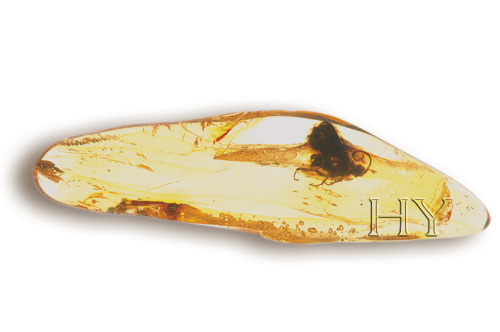This 45-million-year-old species of wasp that has been preserved to this day in amber is a parasite. It has around 12,000 defined species and unidentified 40,000-50,000 species are estimated to be living around the world today. To lay eggs, these wasps select other species of insects and paralyze them. Then they deposit their eggs into this insect, providing a secure place for their larvae to grow. Some species sting their prey to death, while others make them sterile and slow down their movements, and thus make them secure places for the offspring to hatch and dine. Evolutionists who define species that lived millions of years ago as ""primitive"" cannot explain the identical correspondence between these specimens preserved in amber with those alive today. The exact similarity between today"s wasps and those specimens in the past is an obvious proof that these insects have never undergone evolution.
TOPICS
CavourVaticanSocialismIlluminationFrench RevolutionConvertSabbateanJacobinismMasonic MediaPolitical ZionismYoung TurkThe Committee of Union and ProgressAbdulhamidAnti-NaziWorld Zionist Organization Nuremberg LawsMussoliniWorld War IAdolf EichmannGoyimThe Rothschild DynastyThink-ThankCFRRockefellerCold WarStalinOctober RevolutionSoviet UnionBilderbergVietnamAIPACLobbyfairSoutheastGreeceNew World OrderRed Seageopoliticsveterantaxcustoms2023antelopebullEurasia Islam CouncilNobel PrizeHospitalSocial Security InstitutionAli BabacanTurgut OzalassassinationGaffar OkkanMuhsin YazıcıoğluRosetta NebulaAstronomyRoseDamascus Sermonnuclear weaponIyad AllawiNautilussubmarinediving cellAli BardakogluTelevisionTelevoleCanakkale


